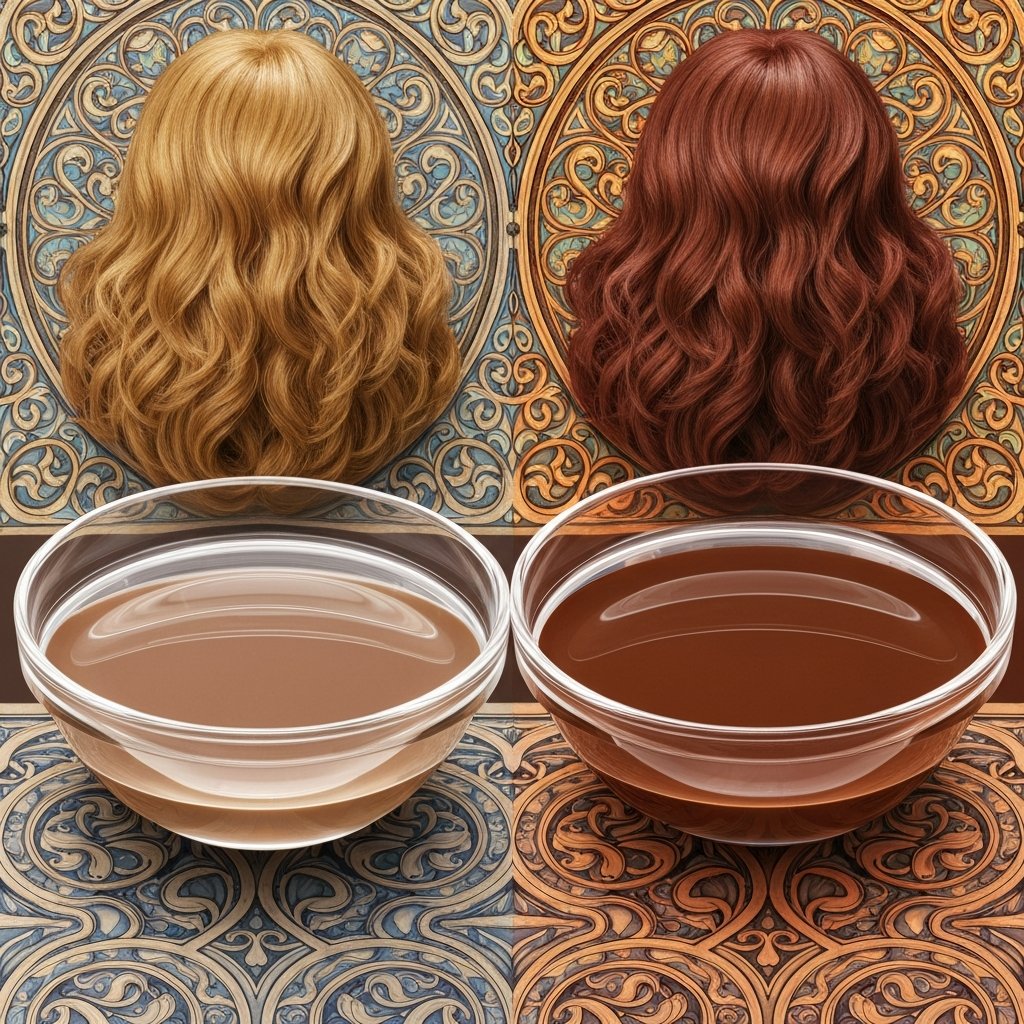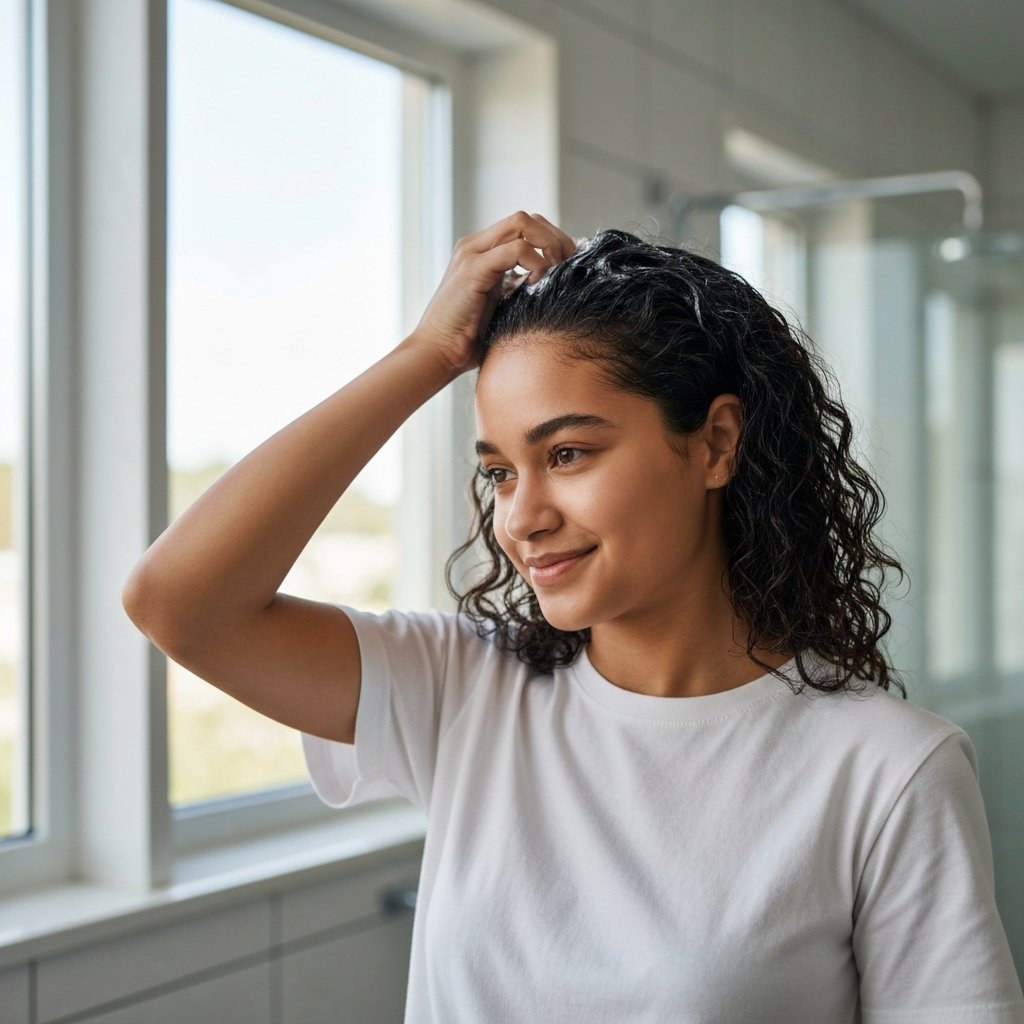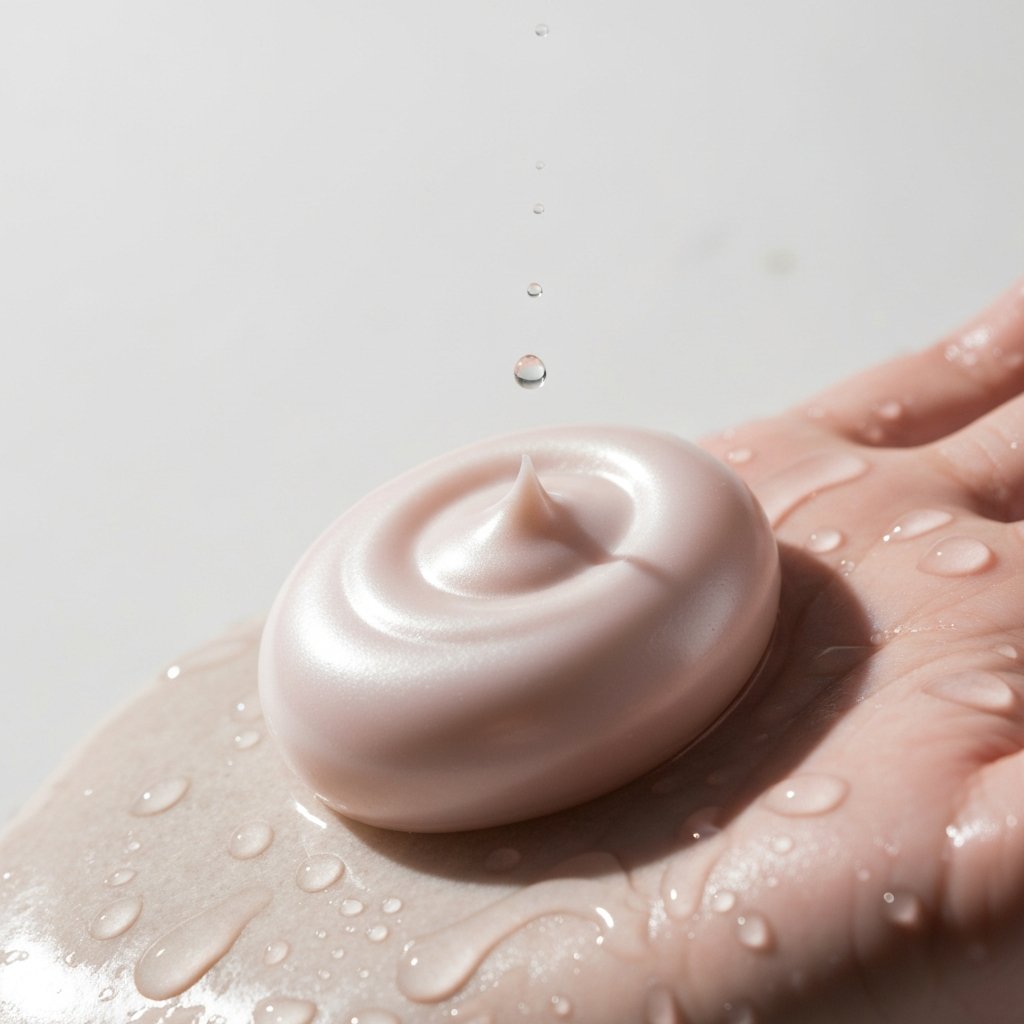
How to Grow Out Bangs Gracefully: Styling Tips for Every Stage | The Ultimate Hair Guide
11 min read

11 min read

10 min read

9 min read

10 min read

14 min read

13 min read
In the pursuit of the coveted "glass hair" aesthetic—strands so smooth and reflective they resemble a mirror—traditional conditioners and hair oils often fall short. While hair masks provide deep hydration, they don't always deliver that high-voltage shine seen on runways and red carpets. Enter hair glazing, the beauty industry's secret weapon for instantly reviving dull, lackluster locks without the commitment or damage associated with permanent hair color.
Whether you are looking to refresh a fading dye job, neutralize unwanted brassy tones, or simply add a luminous topcoat to virgin hair, a hair glaze is one of the most versatile tools in a stylist's arsenal. However, with terms like "gloss," "glaze," and "toner" often used interchangeably, it can be difficult to understand exactly what this treatment entails and whether it is right for your specific hair type.
This comprehensive guide explores the ins and outs of hair glazing, breaking down the science behind the shine, the detailed process of professional application, and how you can achieve similar results from the comfort of your own bathroom.
At its core, a hair glaze is a semi-permanent treatment designed to coat the hair shaft with shine and, optionally, semi-permanent pigment. Unlike permanent hair dye, which uses ammonia and developers to lift the hair cuticle and deposit color deep into the cortex, a glaze is much gentler. It functions more like a topcoat of nail polish, sitting on the surface of the hair strand to smooth the cuticle and reflect light.

The primary reason hair looks dull is a rough cuticle. When the microscopic shingles that make up the outer layer of your hair are raised (due to heat damage, chemical processing, or environmental stressors), they absorb light rather than reflecting it. A hair glaze typically contains ceramides and moisturizing agents that fill in these microscopic gaps, laying the cuticle flat. The result is a smooth surface that bounces light back, creating that signature brilliant shine.
While often used synonymously, there is a technical distinction between a glaze and a gloss that is important to understand:
For the purpose of this guide, we will look at the category broadly, as many modern salons and product lines blend these technologies to offer long-lasting shine with minimal damage.
Why should someone consider adding a glaze to their hair care regimen? The benefits extend far beyond simple aesthetics. While the immediate visual gratification of shiny hair is the primary draw, the treatment offers several functional advantages for hair health and color maintenance.

For those with color-treated hair, brassiness is the enemy. Blondes often turn yellow, and brunettes can develop unwanted red or orange undertones as their toner fades. A tinted glaze can neutralize these tones without the damage of re-dyeing the hair. For example, a violet-based glaze cancels out yellow in platinum blondes, while an ash glaze cools down warm brunettes. Because glazes are generally free of ammonia, they correct the tone without compromising the structural integrity of the hair.
Think of a glaze as a protective shield. By coating the hair shaft, it acts as a barrier against environmental aggressors like UV rays, pollution, and hard water minerals. This coating also helps to tame flyaways and reduce frizz, making the hair more manageable during styling. The conditioning agents in the formula leave the hair feeling softer and silkier to the touch.
Glazing isn't just for those who dye their hair. On virgin hair, a clear glaze works wonders to enhance the natural dimension of the strands. It doesn't change the color but rather amplifies the existing pigment by improving light reflection. This makes natural highlights pop and gives the hair a healthier, more vibrant appearance.
Because glazes fade gradually with every wash, there is no harsh line of demarcation as the hair grows out. This makes it an ideal option for those who want to experiment with a slight tonal shift—like adding a reddish hue to brown hair for autumn—without marrying the color for months.
Visiting a professional salon for a glaze is often an add-on service to a haircut or a standalone treatment known as a "gloss and blow-dry." Understanding the professional workflow can help set expectations for the appointment.

The process begins with a consultation. The stylist assesses the hair's porosity, current color, and the client's desired outcome. If the goal is to counteract brassiness, they will select a corrective pigment. If the goal is pure shine, they will opt for a clear formula. Professional stylists can mix custom cocktails of pigments to achieve a precise shade that pre-bottled products cannot match.
The hair is washed with a clarifying shampoo to remove product buildup, oils, and minerals. This ensures that the glaze can adhere evenly to the hair shaft. Unlike permanent color application, the hair is usually towel-dried and left damp, as water helps distribute the glaze evenly.
The stylist applies the glaze from roots to ends. Since the product is generally runny (gel or liquid consistency), it is applied quickly at the shampoo bowl or in the chair. The processing time is relatively short, typically ranging from 10 to 20 minutes. Heat may be applied to intensify the penetration of the conditioning ingredients, though many modern formulas process at room temperature.
Once processed, the glaze is rinsed out with cool water to seal the cuticle. A light conditioner may be applied, though often the glaze itself provides enough hydration. The hair is then blow-dried. The true results of a glaze are most visible once the hair is dry and light hits the strands.
Choosing between a clear and a tinted glaze depends entirely on the current state of the hair and the desired result.

Ideally, a professional handles hair chemistry, but the market has seen a surge in high-quality at-home glazing products. These are excellent for maintenance between salon visits or for budget-conscious individuals.

Whether you have spent money at a salon or time in your bathroom, you want the results to last as long as possible. A glaze is temporary, but certain habits can extend its lifespan.

Water is the enemy of semi-permanent color. The more you wash, the faster the glaze fades. Try to limit washing to two or three times a week. When you do wash, use lukewarm or cool water. Hot water swells the cuticle, allowing the pigment and shine agents to escape.
Switch to sulfate-free shampoos. Sulfates are harsh detergents that strip natural oils and artificial pigments from the hair. Look for products labeled "color-safe" or "gentle cleansing." Additionally, avoid clarifying shampoos while you have a glaze, as they are designed to strip surface coatings.
High heat can melt the coating a glaze provides and damage the cuticle, ruining the smooth surface necessary for shine. Always use a heat protectant spray before using hot tools, and try to keep irons below 350°F (180°C).
Q: Does hair glazing cover gray hair? A: Generally, no. A glaze is sheer and translucent. It can blend grays by staining them slightly, making them look like highlights, but it will not provide the opaque coverage of permanent dye. It is often used to blend gray hair for a more natural look.

Q: Can glazing damage my hair? A: It is extremely rare for a glaze to damage hair. Most formulas are acidic, meaning they close the cuticle rather than blowing it open. However, if a product requires mixing with a developer, overuse could potentially lead to dryness over time.
Q: How often should I glaze my hair? A: For salon glosses/demi-permanent options, every 4 to 6 weeks is standard. For at-home true glazes (no developer), you can use them as often as once a week or every other week, depending on the product strength.
Q: Will a clear glaze change my blonde hair? A: A clear glaze should not change the color. However, some clear glazes can slightly warm up cool-toned platinum hair if the formula isn't high quality. If you are an icy blonde, ask for a glaze specifically designed to maintain cool tones.
Q: Can I glaze curly hair? A: Absolutely. Curly hair is naturally more prone to dryness and dullness because light reflects less easily off the coiled surface. A glaze helps define curls, reduce frizz, and add a healthy sheen to textured hair.

Hair glazing acts as the perfect bridge between hair health and hair aesthetics. It offers a solution for the dullness that plagues so many, providing a mirror-like shine that signifies vitality and care. Whether you opt for a professional service to correct a color mishap or incorporate an at-home gloss into your Sunday self-care routine, the result is universally flattering: smoother, softer, and incredibly shiny hair. By understanding the process and maintenance required, you can ensure your hair always looks like you just stepped out of a high-end salon, armed with nothing more than the science of a good glaze.

11 min read

10 min read

9 min read